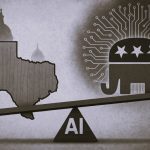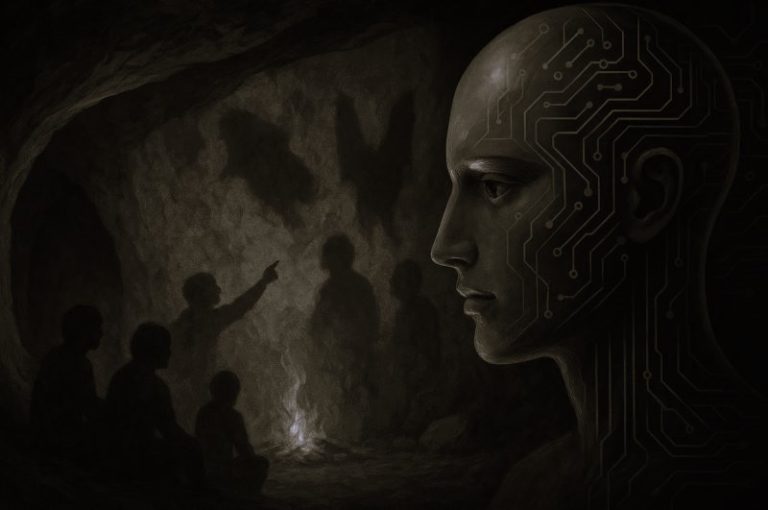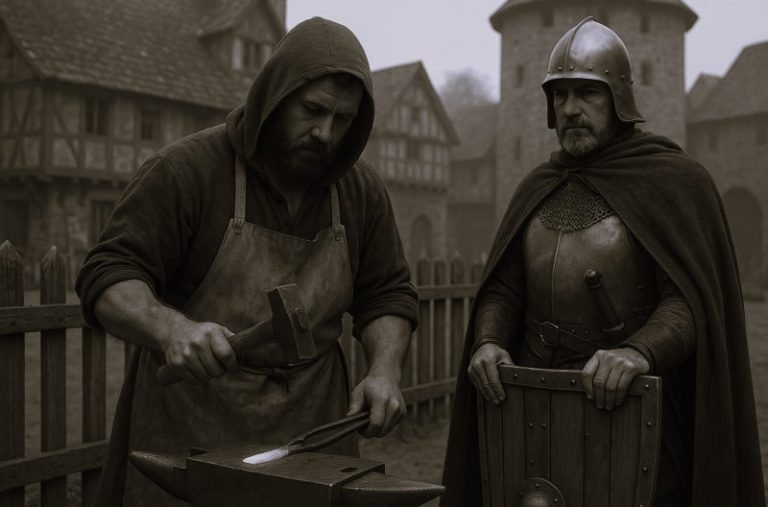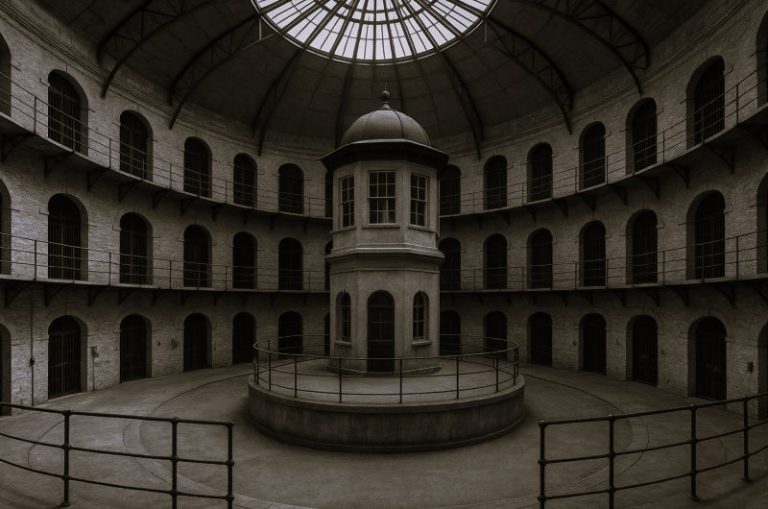

We hear about the thousands of species that have gone extinct since the dawn of time, from dinosaurs to cute little mammals on far-away islands. It can be hard to put into perspective just how much has changed in so little time.
But did you know that in just the short time since European settlers came to the United States and made it the country it is today, dozens of animals have gone extinct? In fact, the extinction rate was so high from the 1600s to the 1900s that this time period is often called “The Second Great American Extinction Event.”
Let’s take a look at some of the animals that are now missing from the United States.
Mexican Grizzly Bears
Mexican grizzly bears wandered from Mexico to what is now the southern United States. They were a little smaller than the grizzly bears you would see today and had a unique silvery coat more than brown. Locals called them oso plateado, which meant “silvery bear” due to their unique coloring. They often ate small animals and bugs, with reports that ants were their favorites.
Work was done to try and rescue them by calling the bears a protected species. However, they were still extinct by 1969 as they were considered pests by many attempting to settle in the area. Many farmers said that the bears would attack their cows, but based on what we know now, they likely stayed away from human settlements as much as possible.
Carolina Parakeet
North America used to have its own species of parrots. They weren’t just tropical birds. However, they were rapidly killed off, and the last one died in captivity in 1918.
These birds were bright and colorful. Reports stated that these parakeets were calm and tolerant, making them easy to rip right off a tree and kill. They also had a habit of returning right away to where their flock was when they were killed, which allowed them to be picked off in larger numbers.
Feathers were a colorful adornment for women at the time, and no feathers in the country were as bright as those of the Carolina Parakeet. They had mixes of green, yellow, and red that could easily brighten up an outfit.
Like many other animals, they were also considered pests by farmers trying to clear out space for their animals and plants. Diseases and the introduction of honeybees that destroyed their nests were the final blows that killed off the species for good.
Passenger Pigeon
Anyone that knows anything about wildlife has probably heard about the passenger pigeon. These pigeons were thought to make up around 40 percent of the total population of birds in the United States area, with well over 3 billion of the birds when Europeans first came to America.
There were so many that they could darken the sky for hours, as some of the first settlers mentioned in their writings. However, by the 1900s, they were gone. People tried to reestablish the birds and find any trace of them in the wild as early as 1909, but without hope, and the last one died in captivity in 1914.
This means that it took less than 100 years for these birds to go extinct. While some deforestation beforehand played some part, their numbers didn’t truly decrease until the 1800s when they were netted, shot, and sold. By 1978, 50,000 were being killed a day, with young being thrown out of nests with sticks.
The passenger pigeon is one of the most commonly brought up stories because it was due to their sacrifice that people’s opinions started to change around animals, and conservation laws were put in place.
Unfortunately, that doesn’t mean the story ended there. Plenty of other animals went extinct during this time, including Caribbean monk seals, Florida black wolves, eastern elk, heath hens, sea minks, Xerces blue butterflies, and more.
Near Misses
In addition to all the animals that did go extinct, some only managed to hang on by a thread because of powerful local efforts. Bison are one of the most well-known. Originally, millions of bison lived in the United States, especially across grassland areas. By the end of the 1800s, there were less than four hundred remaining.
Prairie dogs, pronghorn, beavers, elk, grizzly bears, wolves, and mountain lions were all decimated as well. Prairie dogs are coming back in numbers now, but nothing close to what they were before. They used to create “towns” that were hundreds of miles wide and long, but now they would be lucky to create a town 10 miles in either direction.
Other animals were dispatched in the millions. The death toll for pronghorns was estimated to be over 30 million, 60 million for beavers, and 50 thousand grizzly bears. Many other animals weren’t documented but were killed in large numbers.
National Parks
While plenty of animals are going extinct even to this day, you don’t have to miss out on seeing them. In the United States alone, there are 423 different national parks, with at least one park in every state. Most states also have state parks, and both state and national allow you to see nature and wildlife.
Even if you live in a big city like New York, you can go and see your local wildlife in areas like the Chesapeake Bay, the Appalachians, Fire Island, North Country Scenic Trail, and more, all within your state. If you don’t have a car, don’t worry, you can still get there with an NYC car service.






